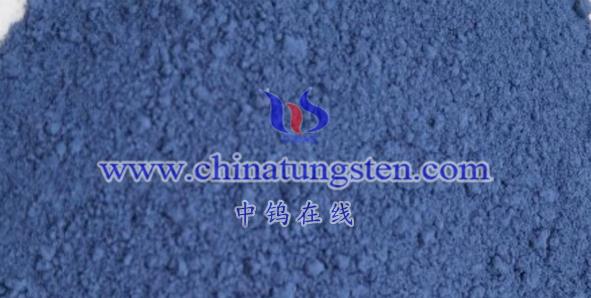
The tungsten doping level in vanadium dioxide (VO2), denoted as W-VO2, refers to the amount or proportion of tungsten (W) introduced into the VO2 material. This doping process alters the material’s physical and chemical properties, particularly its phase transition temperature and optical-electrical characteristics.
The tungsten doping level can range from as low as 1% to several percent, although it typically does not exceed a certain upper limit (e.g., 6% or higher, depending on experimental conditions and material requirements). The specific doping level is determined based on the desired application and performance requirements.
Key Effects of Tungsten Doping:
- Phase Transition Temperature: As the tungsten doping level increases, the phase transition temperature of VO2 decreases. For example:
- 1% tungsten doping: The phase transition temperature may decrease to about 43°C.
- 3% tungsten doping: The phase transition temperature can be reduced to around 32.5°C, while still maintaining about 75% infrared transmittance. This shows that moderate doping can significantly lower the transition temperature without compromising too much on optical performance, making it suitable for room temperature or near-room temperature applications.
- Crystallographic Structure and Particle Morphology: The doping level also influences the crystal structure and particle morphology of VO2. Low doping levels (e.g., below 6%) typically do not significantly alter the crystal structure, but they can affect the phase transition temperature and other properties. Higher doping levels may lead to changes in the crystal structure and cause instability in the material’s performance.
- Performance Considerations: The tungsten doping level is critical for controlling the material’s properties. The doping must be carefully managed through precise chemical stoichiometry and reaction conditions to ensure uniformity and stability. Post-doping characterization and performance testing are also essential to assess the material’s reliability for practical applications.
Conclusion:
Tungsten doping levels typically range from 1% to 3% to achieve the desired phase transition temperature reduction while maintaining stable optical and electrical properties. However, the optimal doping level depends on the specific application, and it is crucial to carefully control the doping process to balance performance and stability.
More details of tungsten oxide product, please visit website: tungsten-oxide.com
Please contact CHINATUNGSTEN for inquiry and order of tungsten oxide:
Email: sales@chinatungsten.com
Tel.: 86 592 5129595










